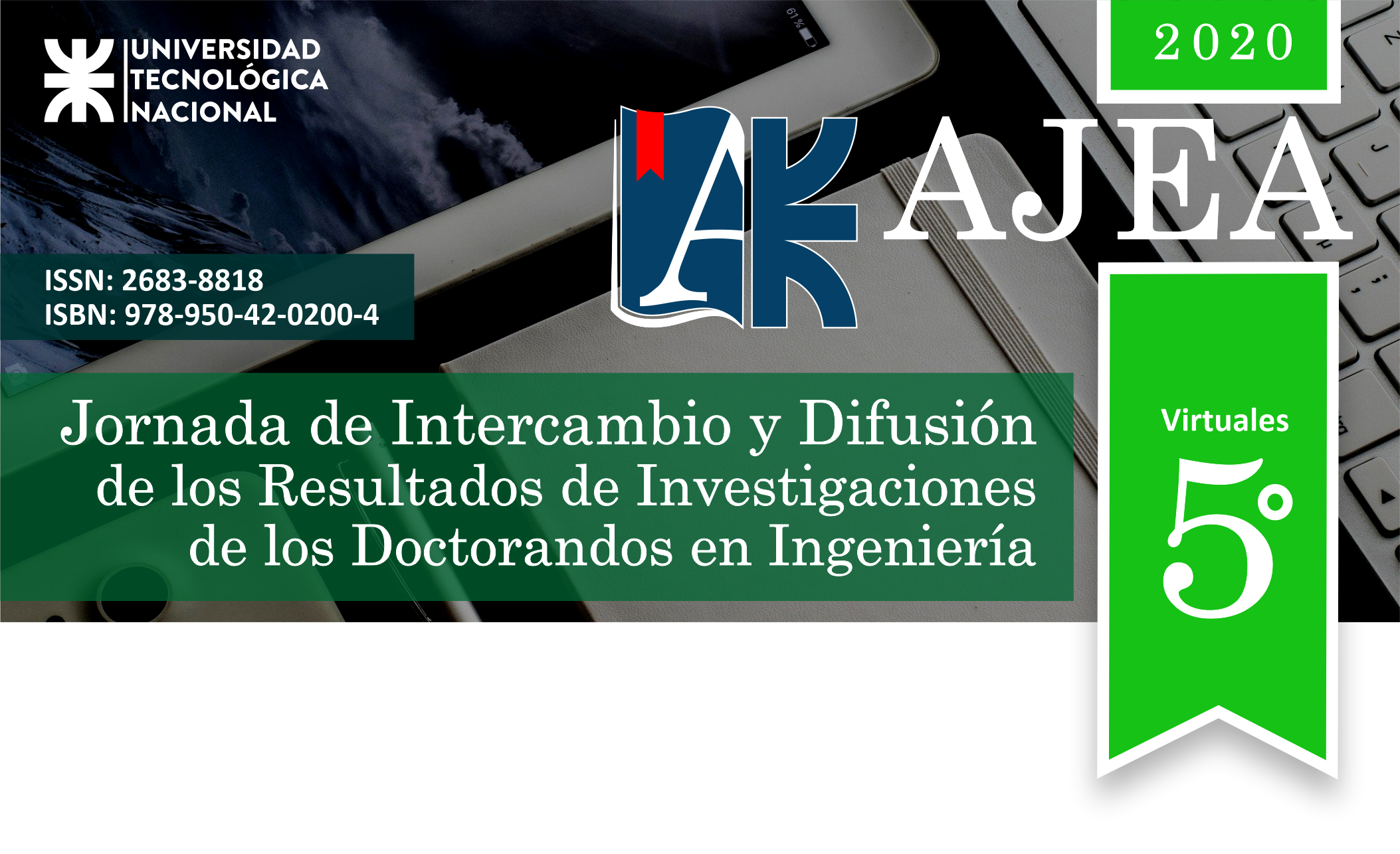Simultaneous optimization of operational and design variables of a lithium-ion cell for simple charging and discharging processes
DOI:
https://doi.org/10.33414/ajea.5.768.2020Keywords:
Lithium Batteries, Mathematical Programming, Operational Restrictions,, Simultaneous Design OptimizationAbstract
This work summarizes the main results obtained from the application of a lithium-ion cell phenomenological model in different optimization frameworks using a mathematical programming approach. During the charging and discharging processes of a lithium-ion battery different phenomena occur, in addition, while the charging process can be predefined and controlled, the discharge processes are subject to certain power profile demanded. Due to this, the optimization framework for each of these processes are distinguished, and in turn, each framework (or optimization problem) differs mainly by the objective function. For the discharge process, the objective is the maximization of total specific energy delivered for a set of given discharge time values with the aim of relating delivered energy to delivered power. For the charging process, three different objectives are considered based on the requirements of real applications; these are: minimization of charging time, maximization of charging capacity and minimization of consumed energy. In both general frameworks (charging and discharging) the cell design optimization under different operating conditions is presented. Therefore, the proposed approach allows the simultaneous optimization of multiple variables and considerable improvements are obtained not only in the evaluated objectives but also in the overall system performance.










